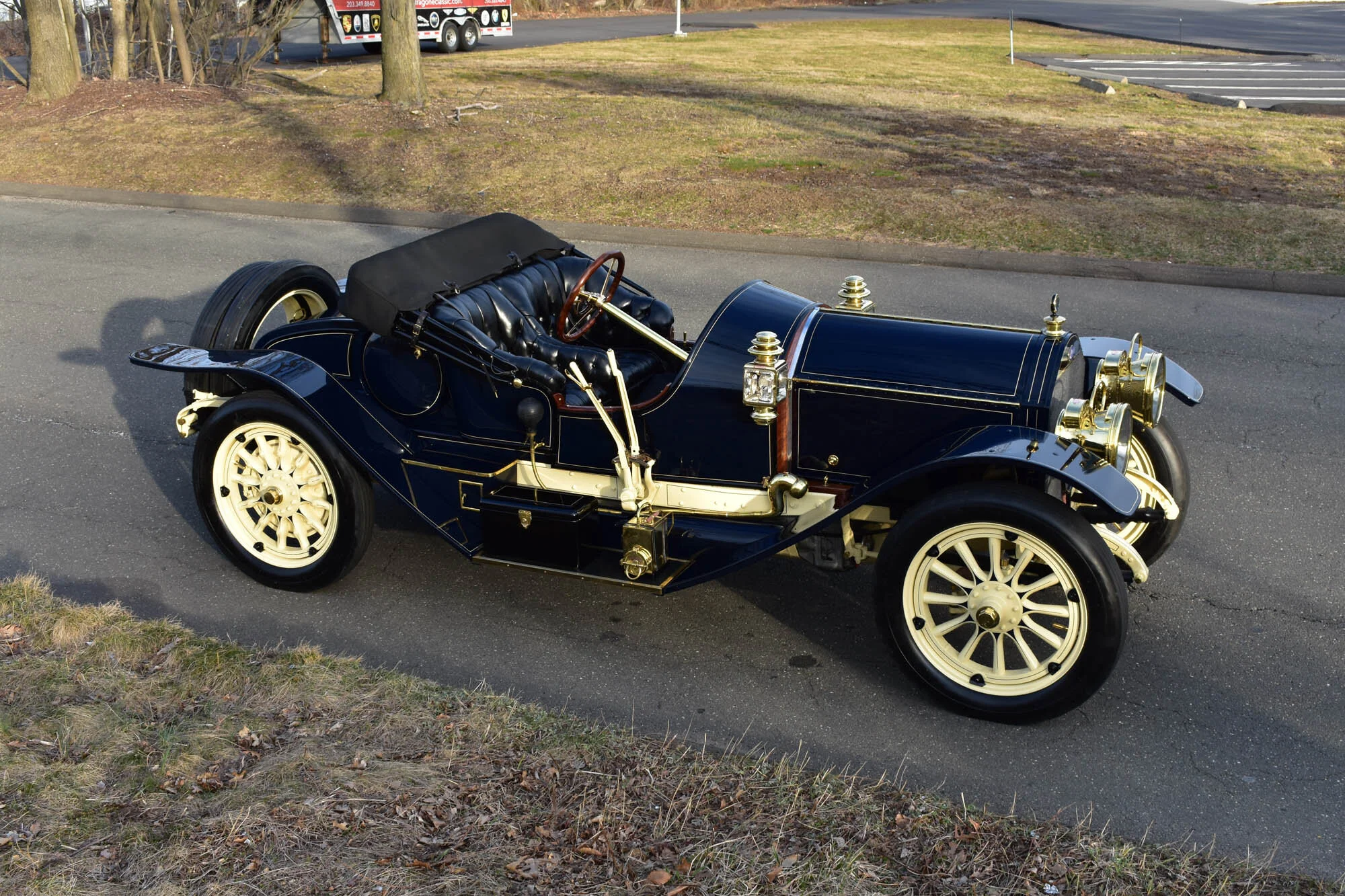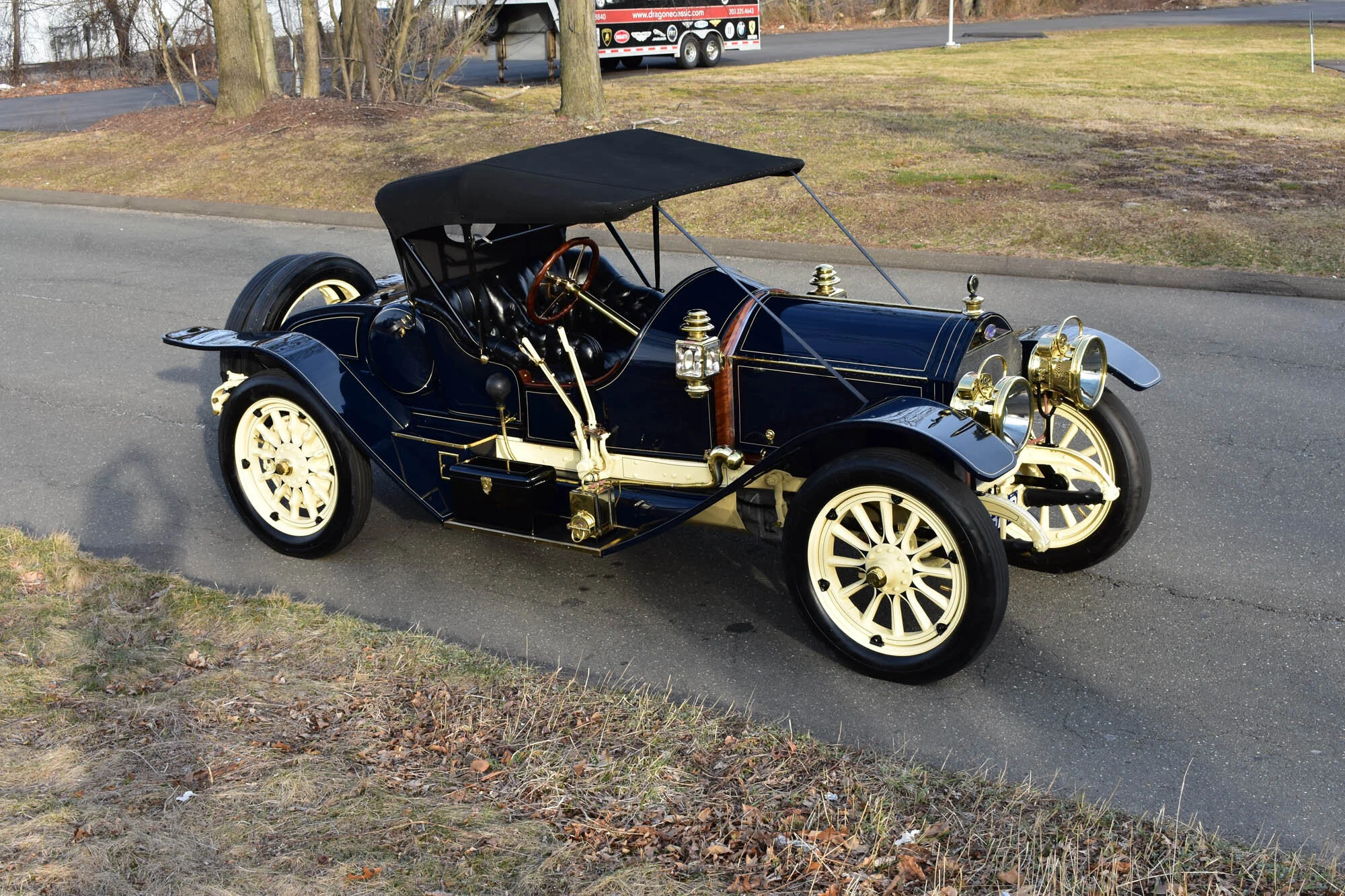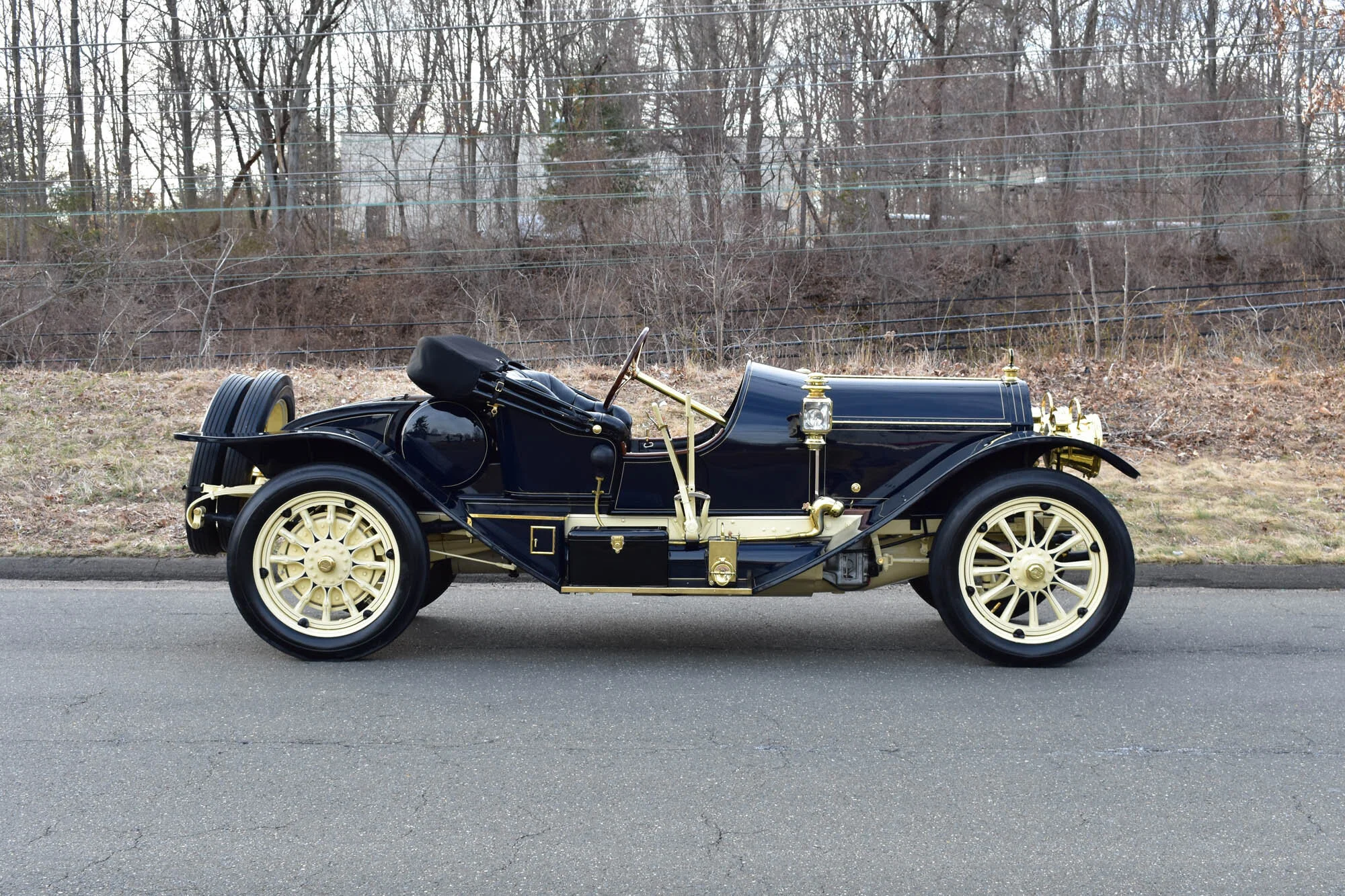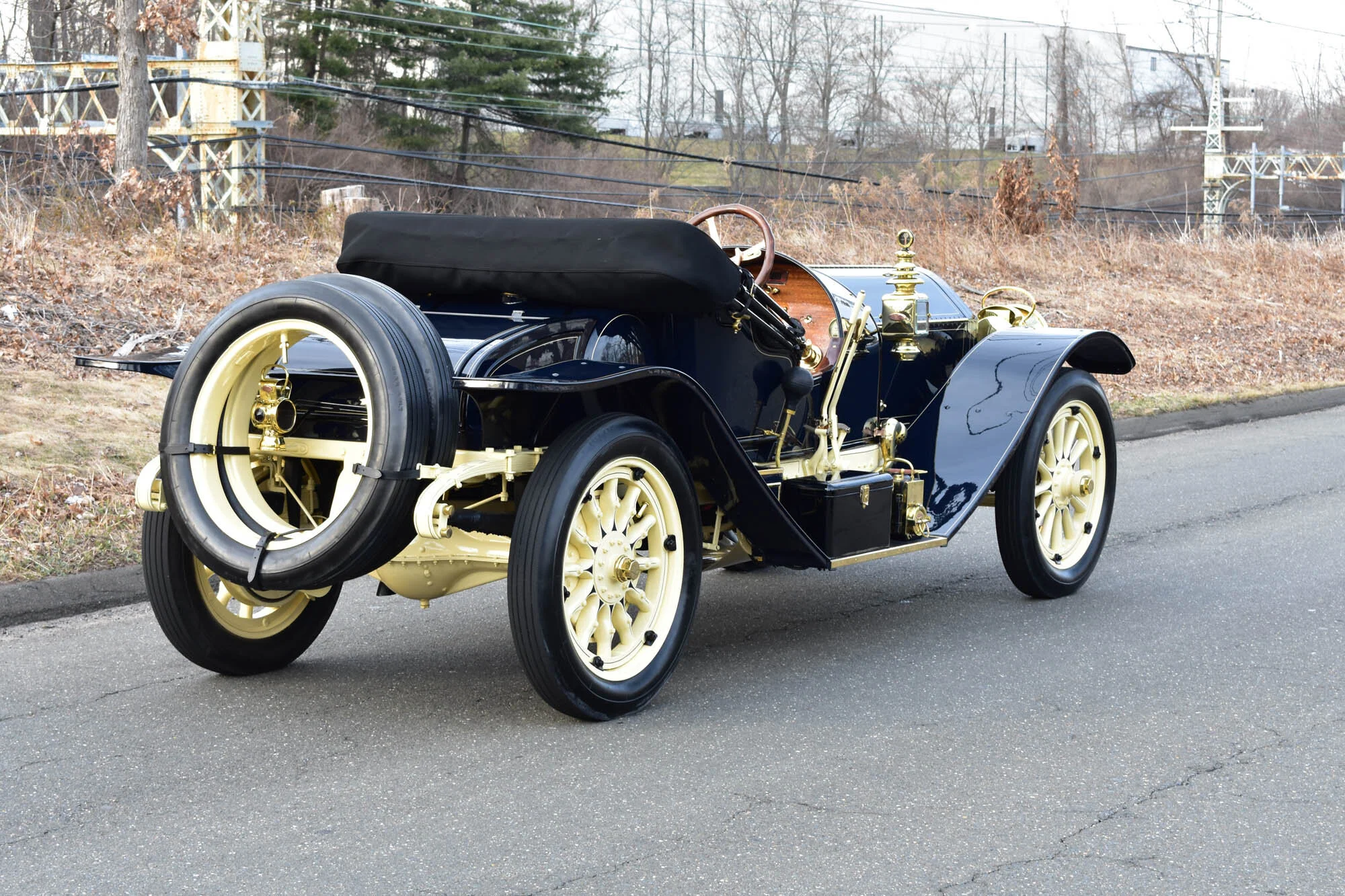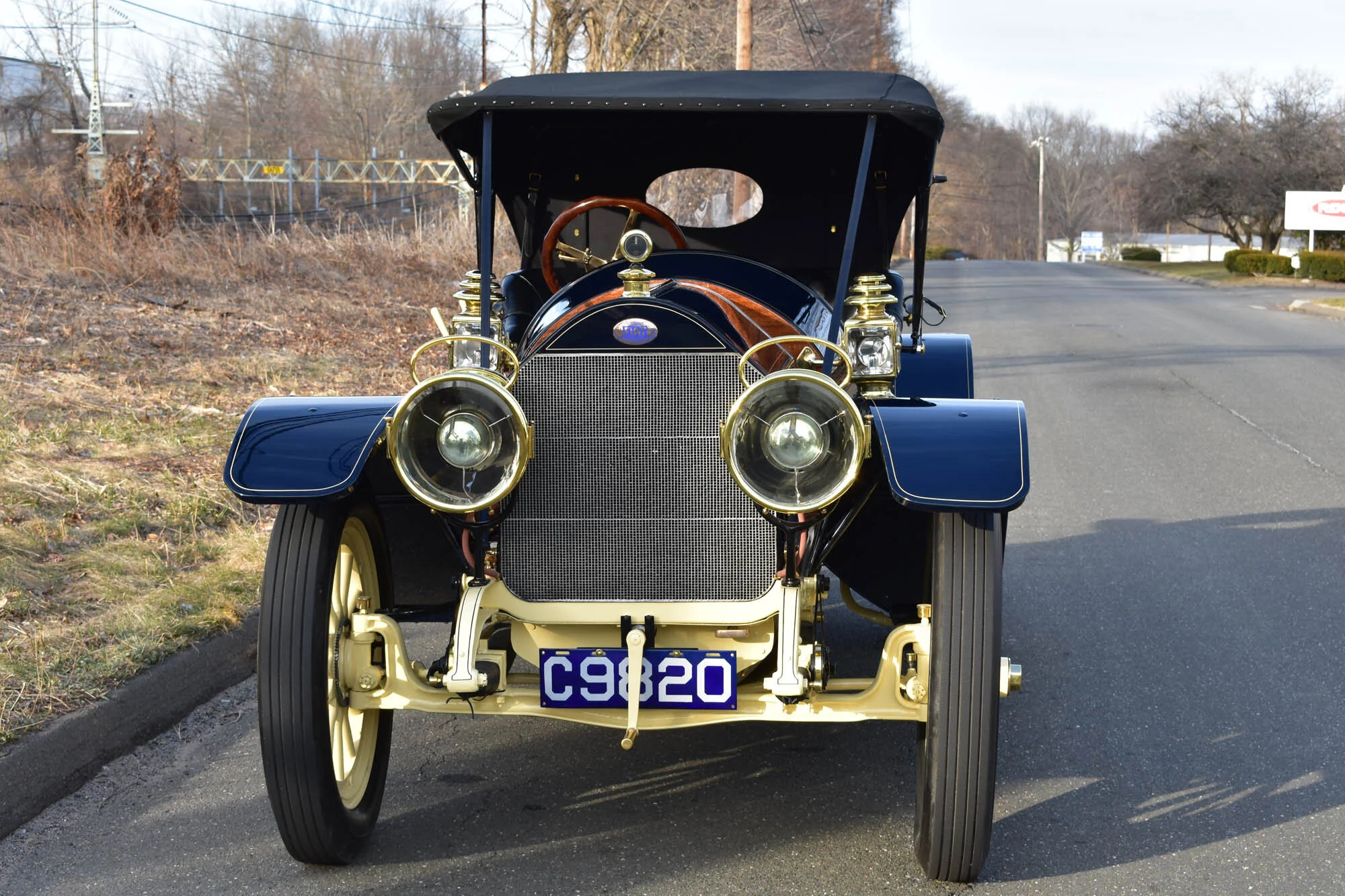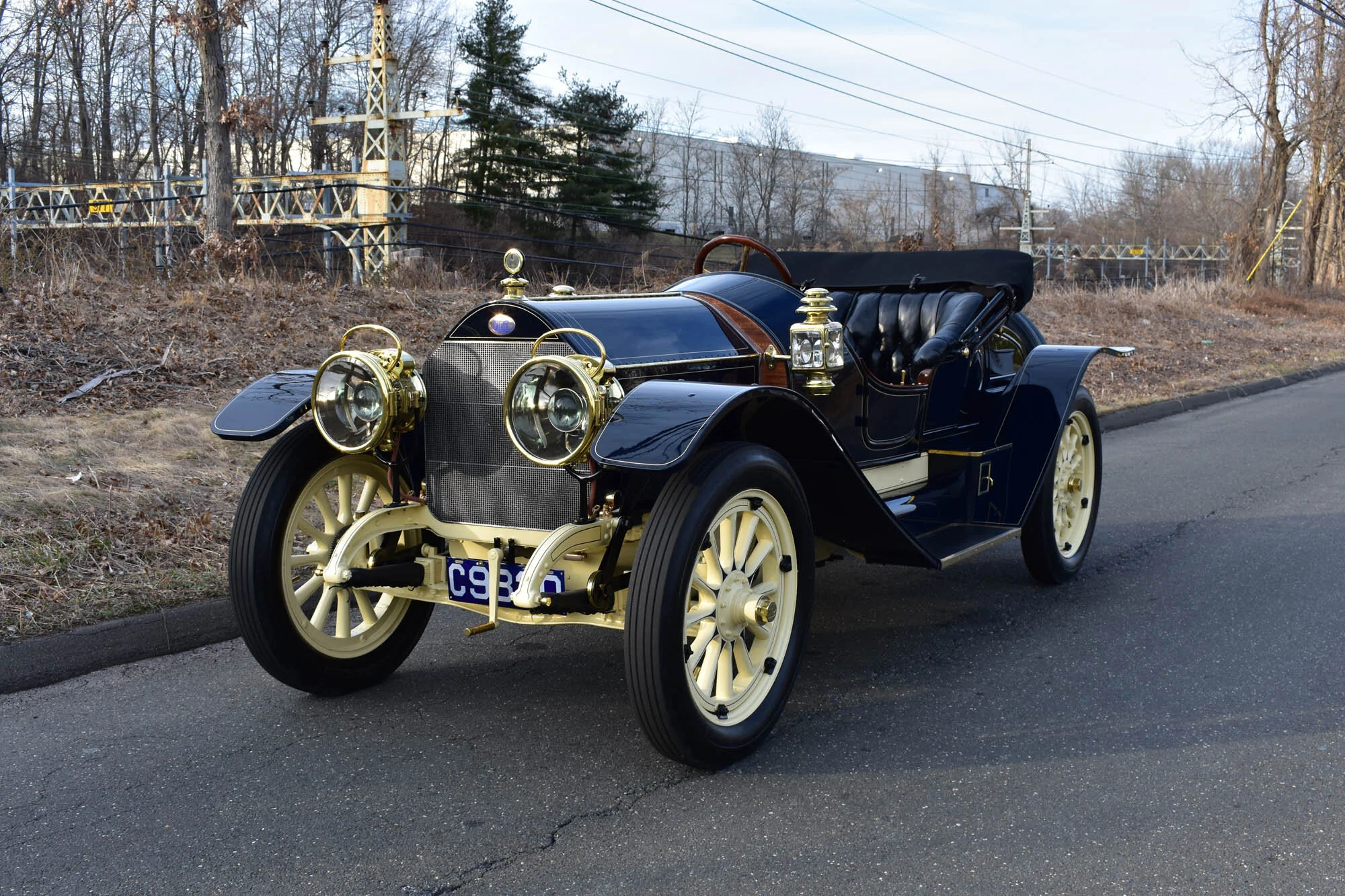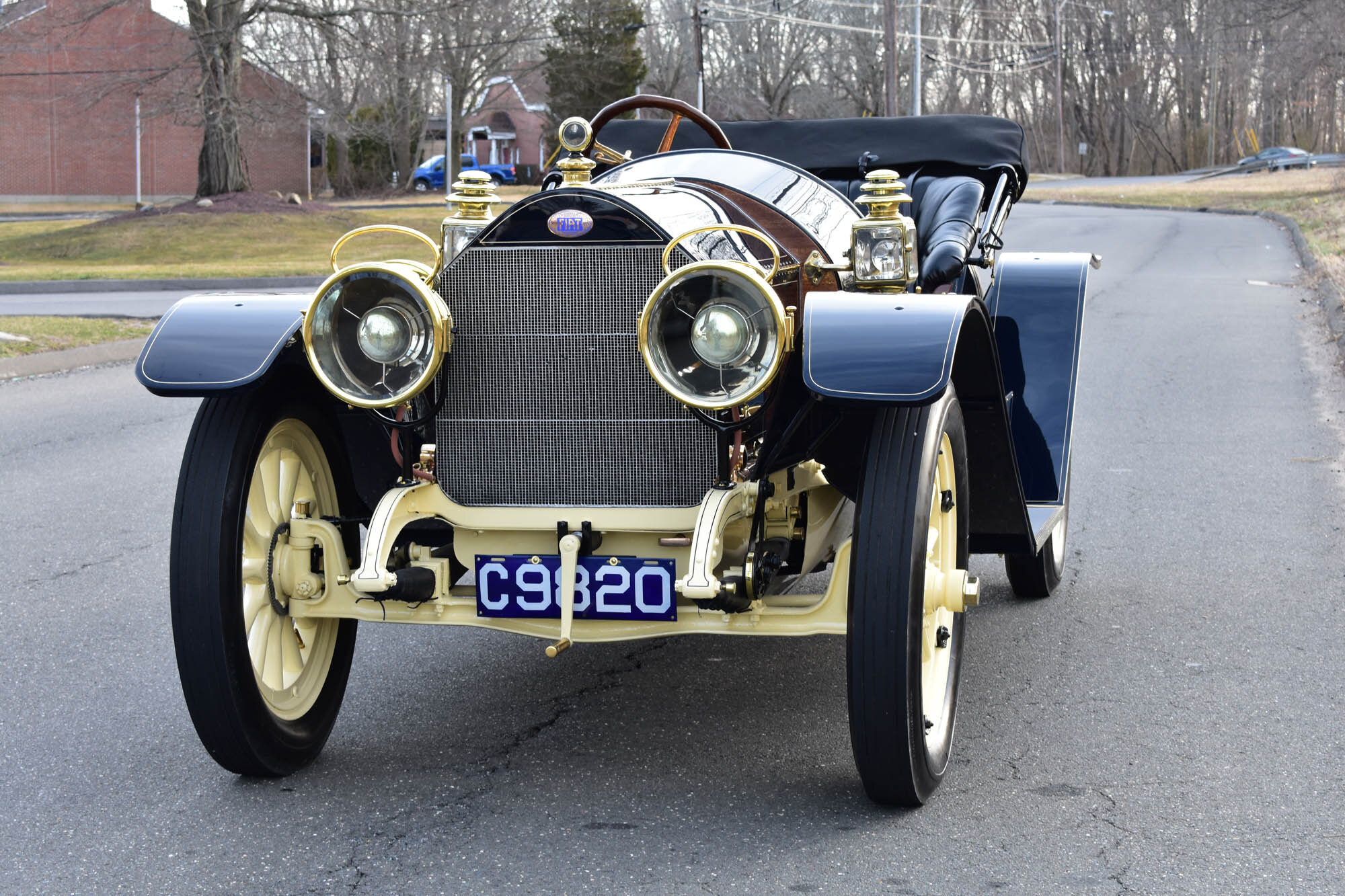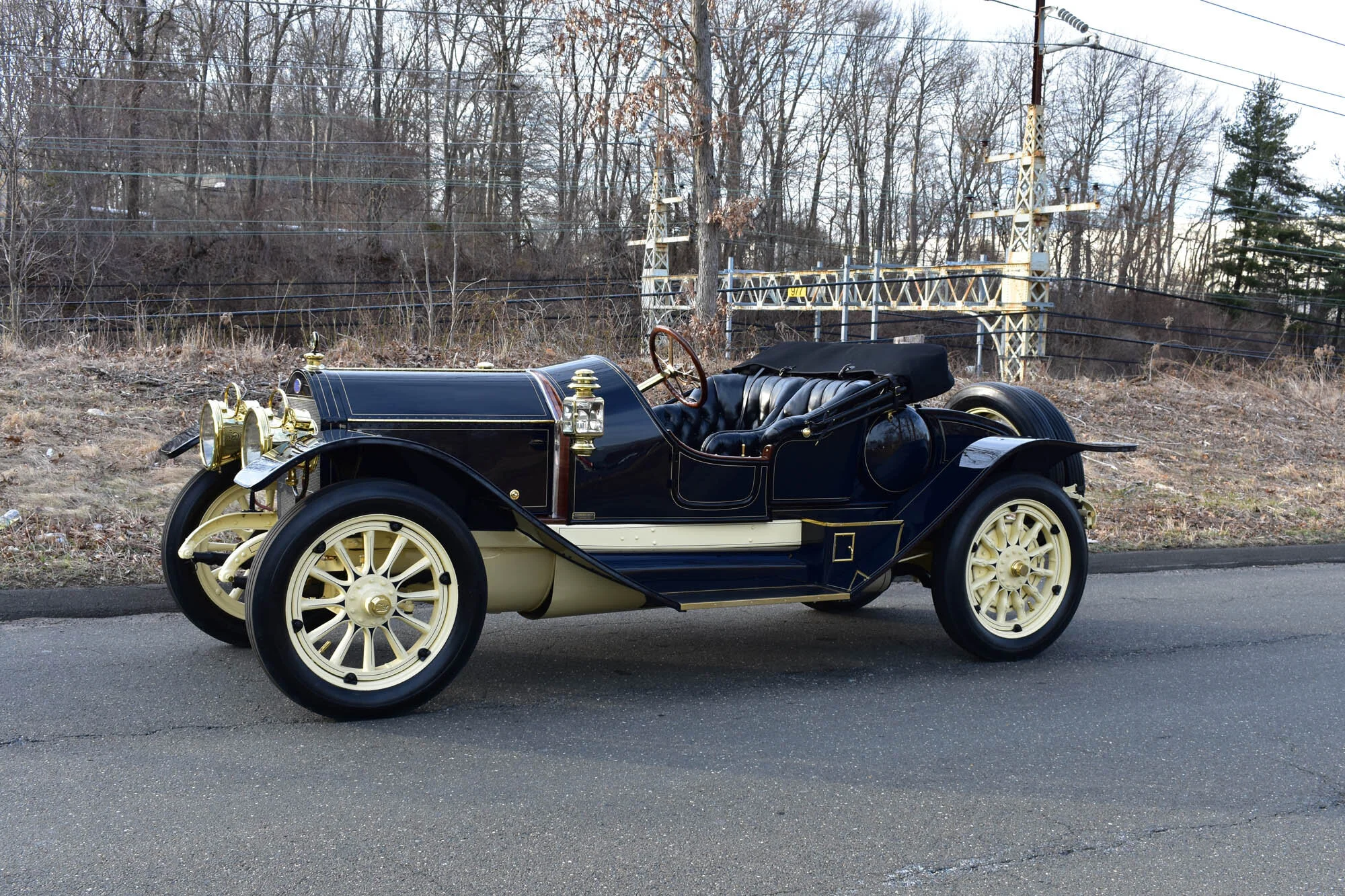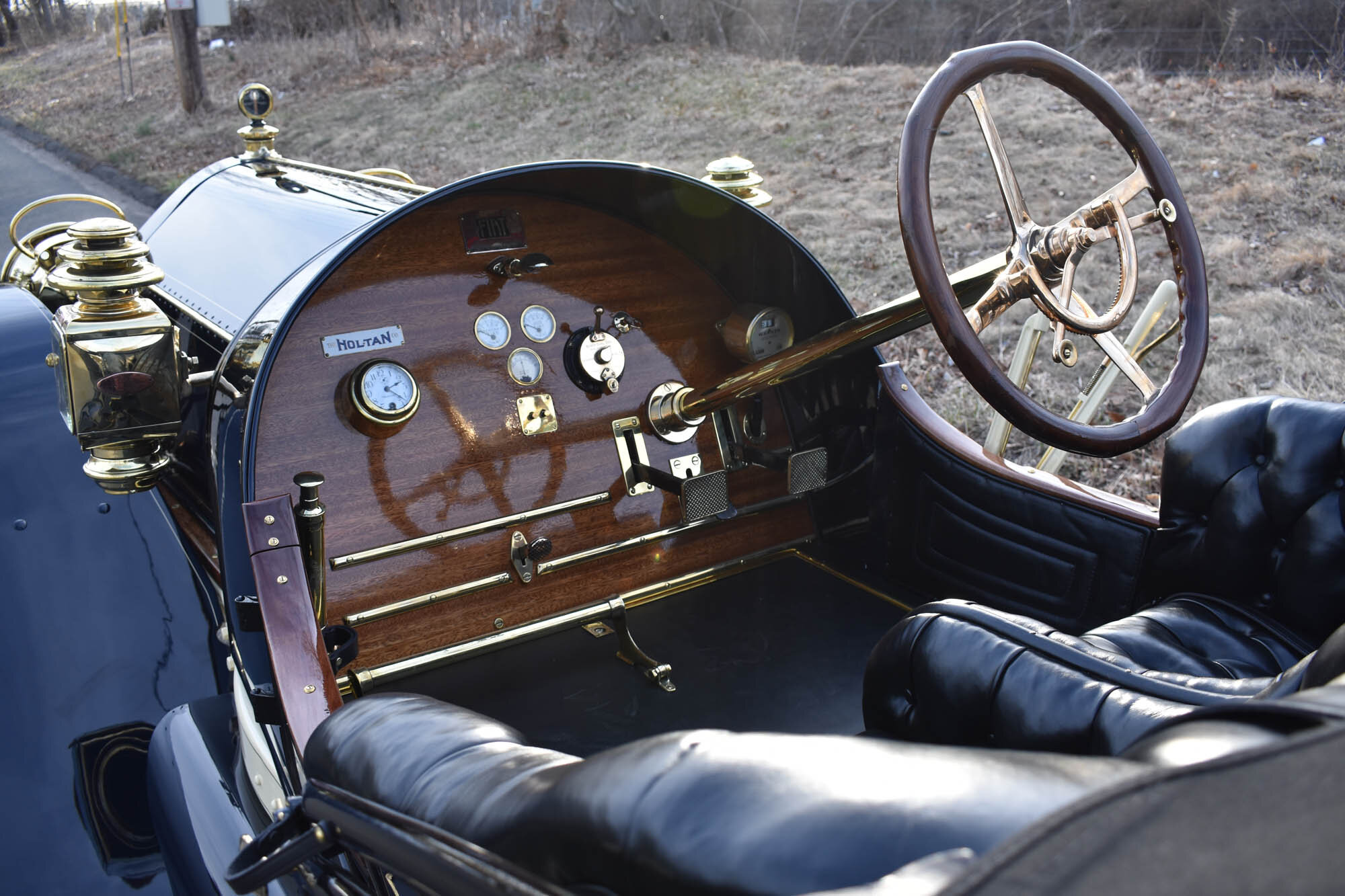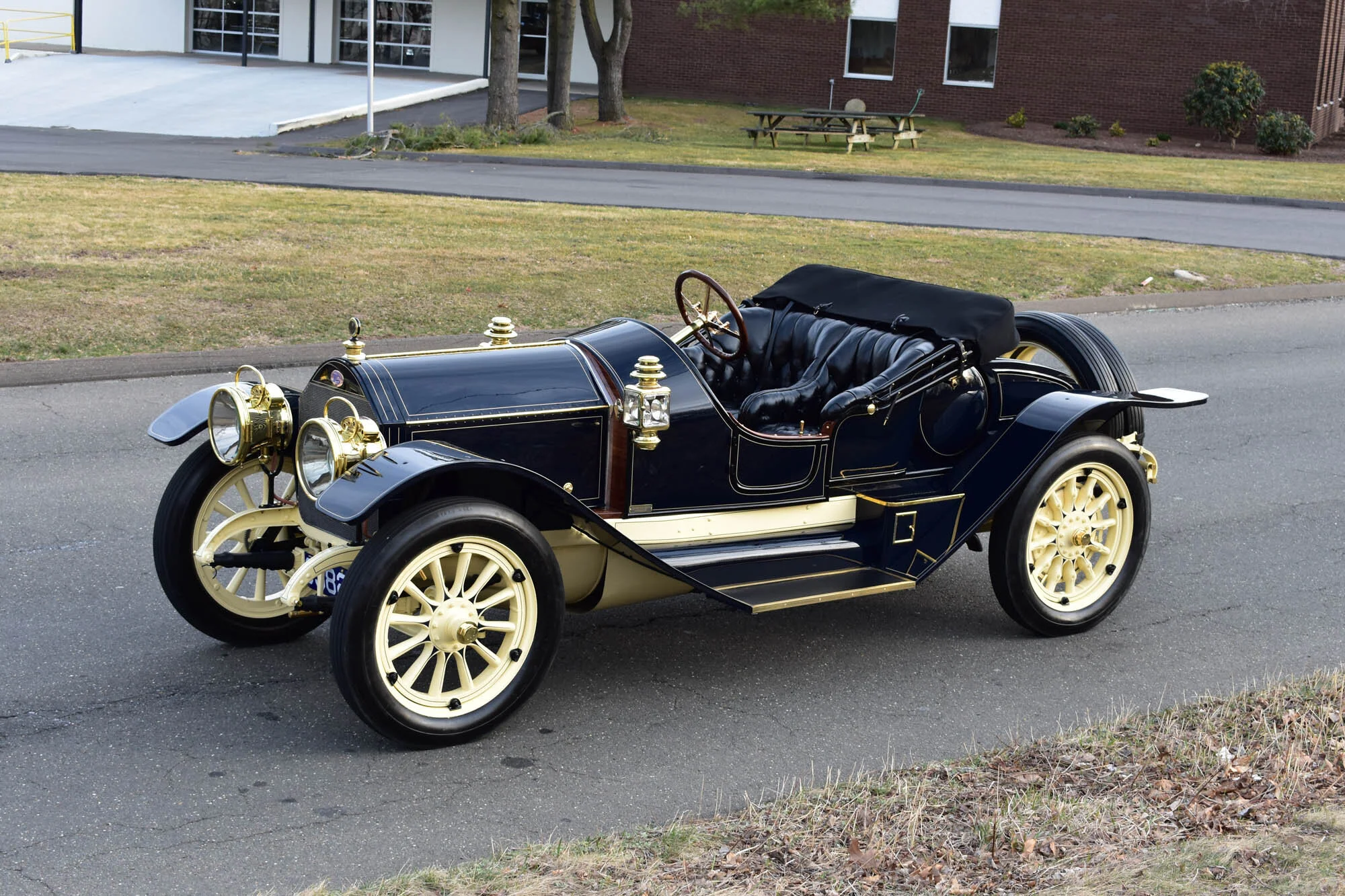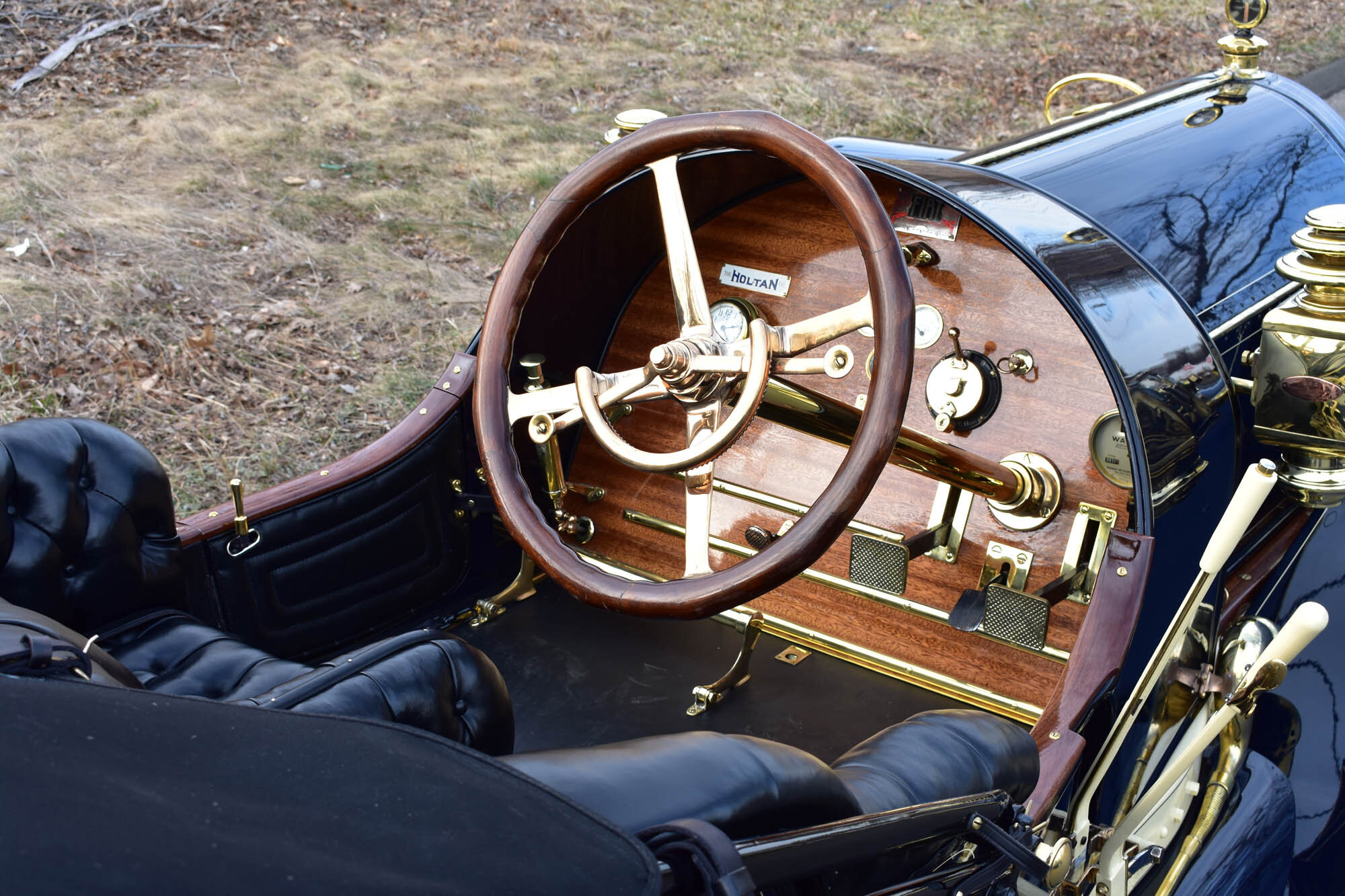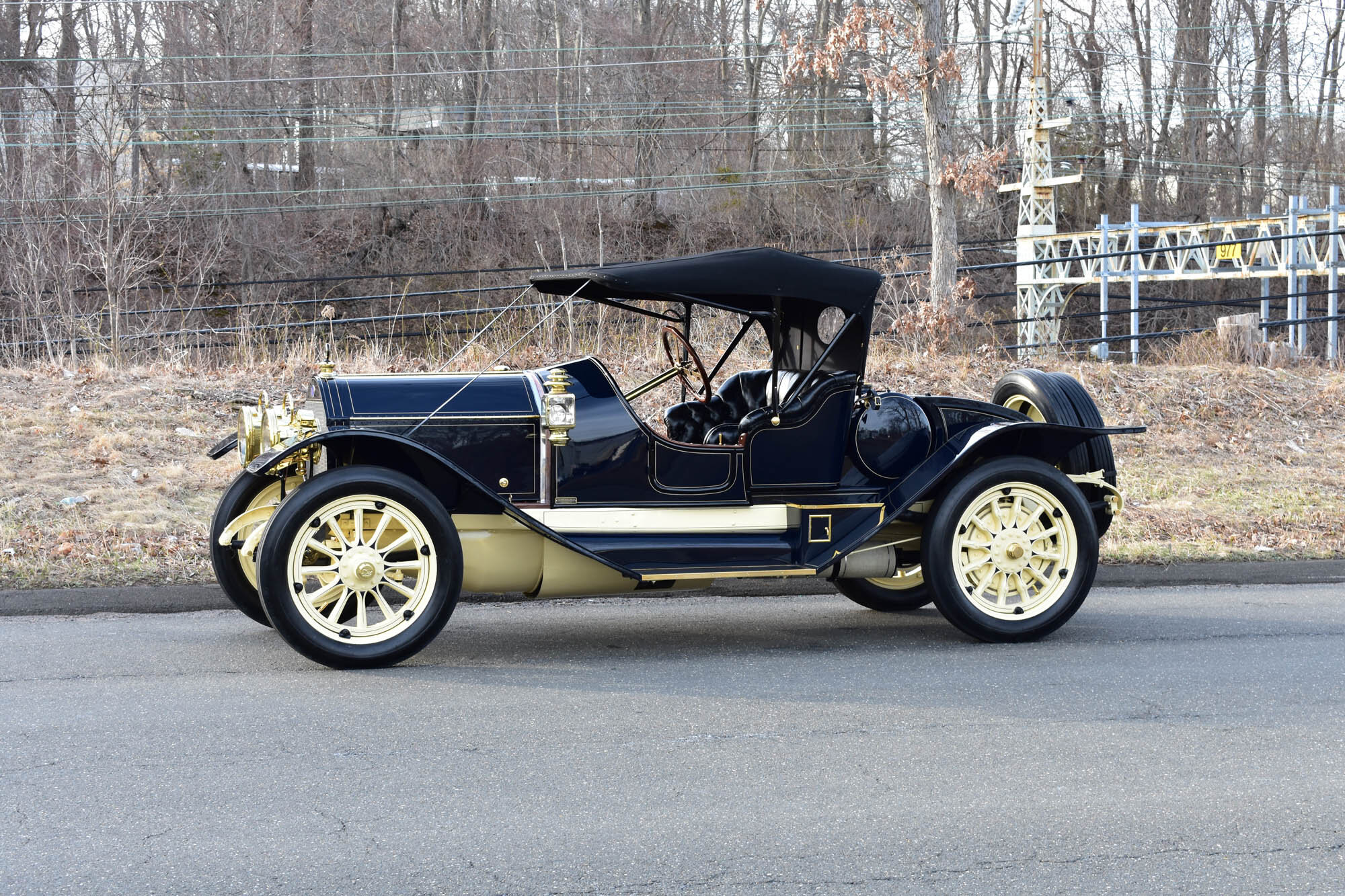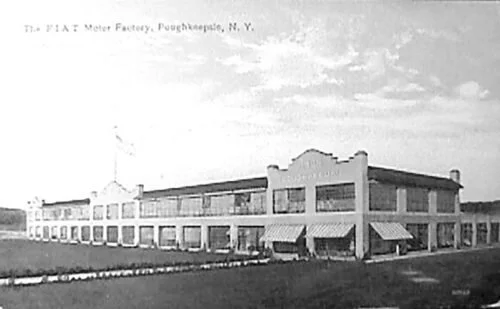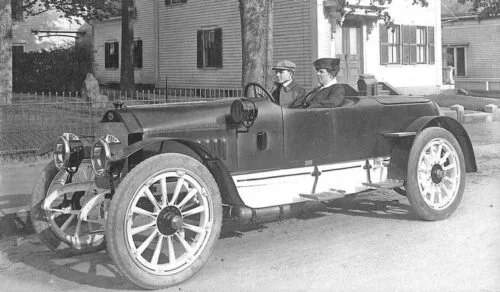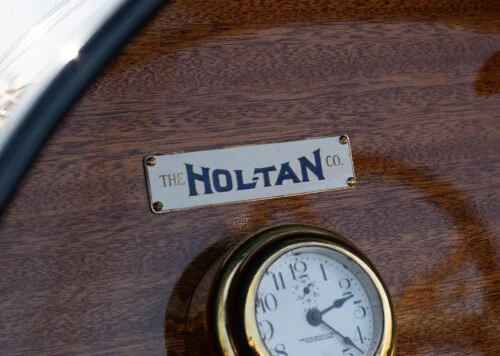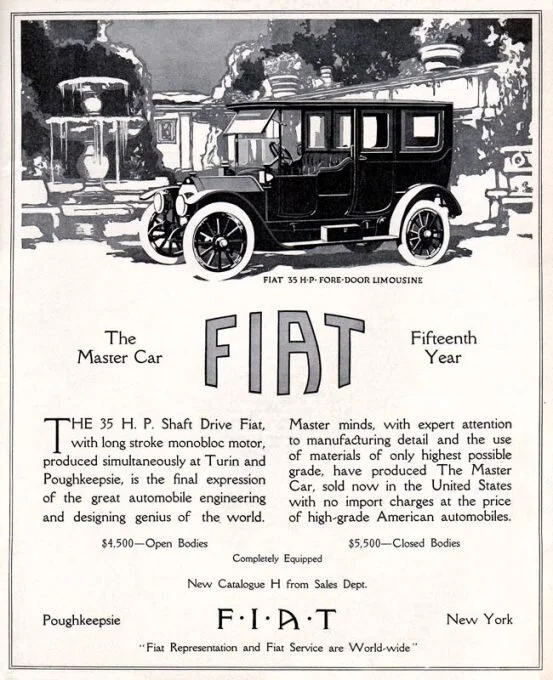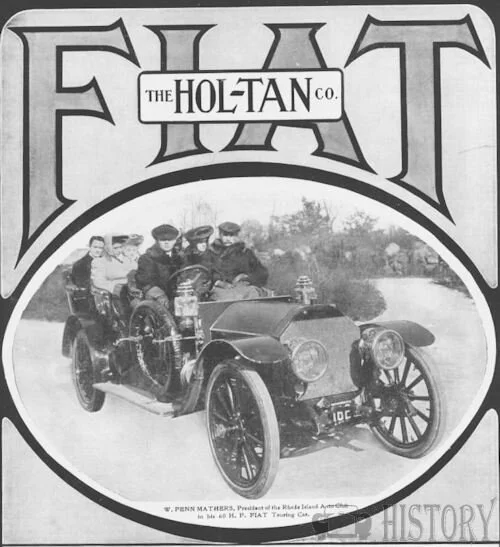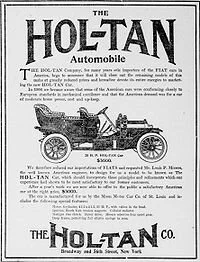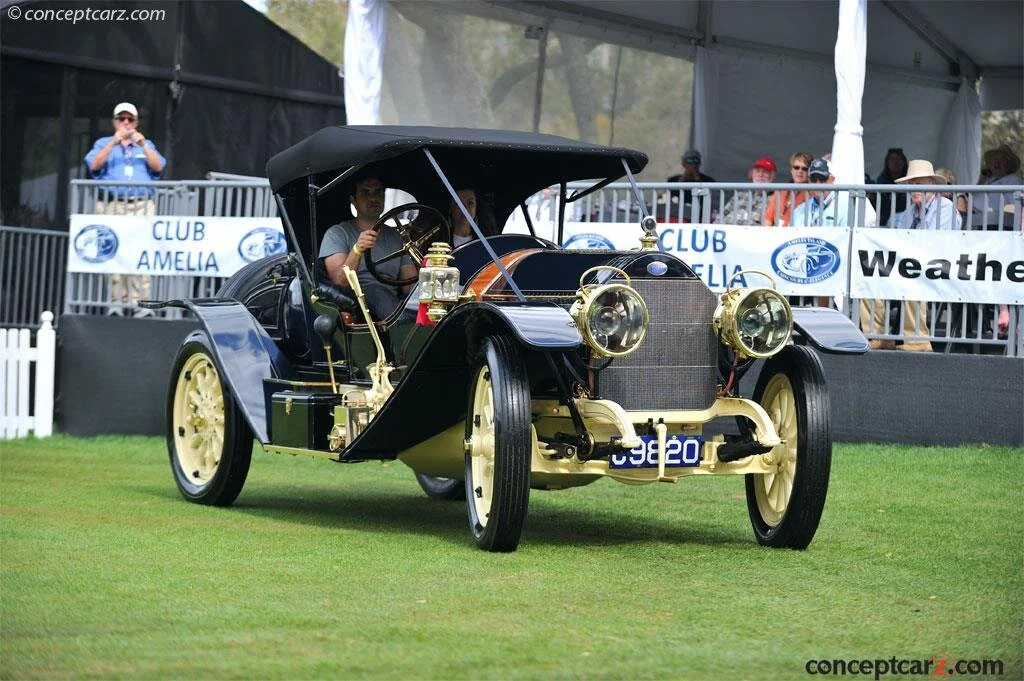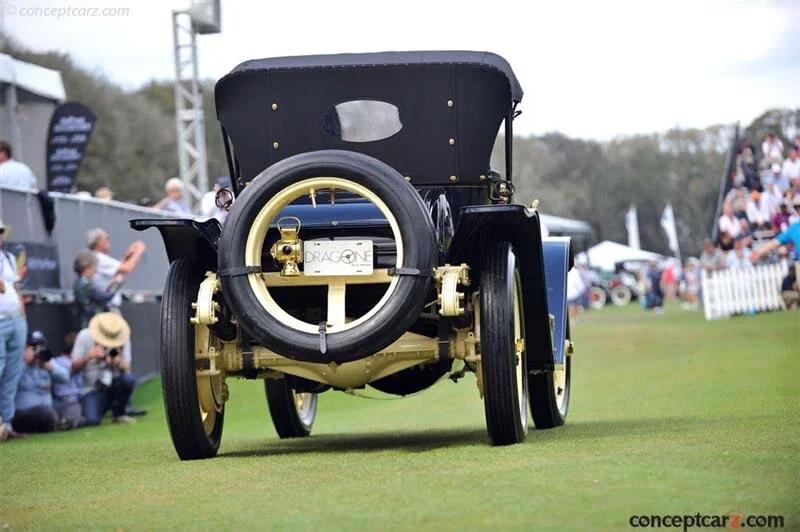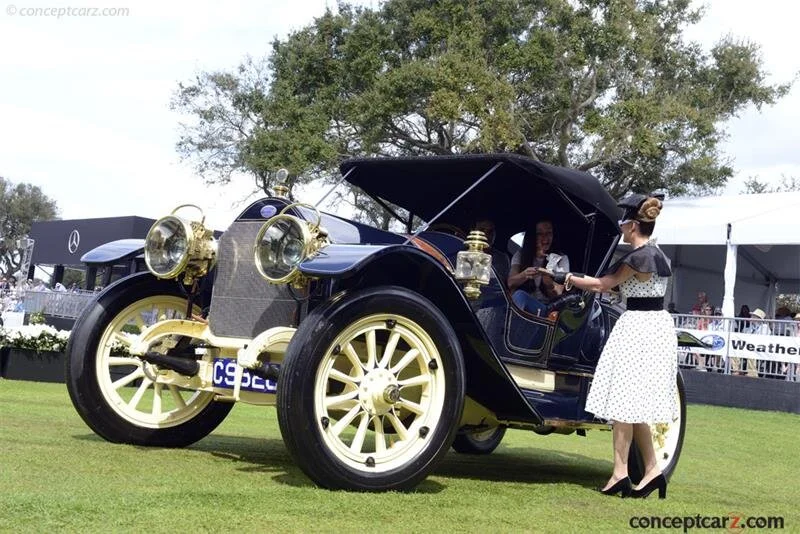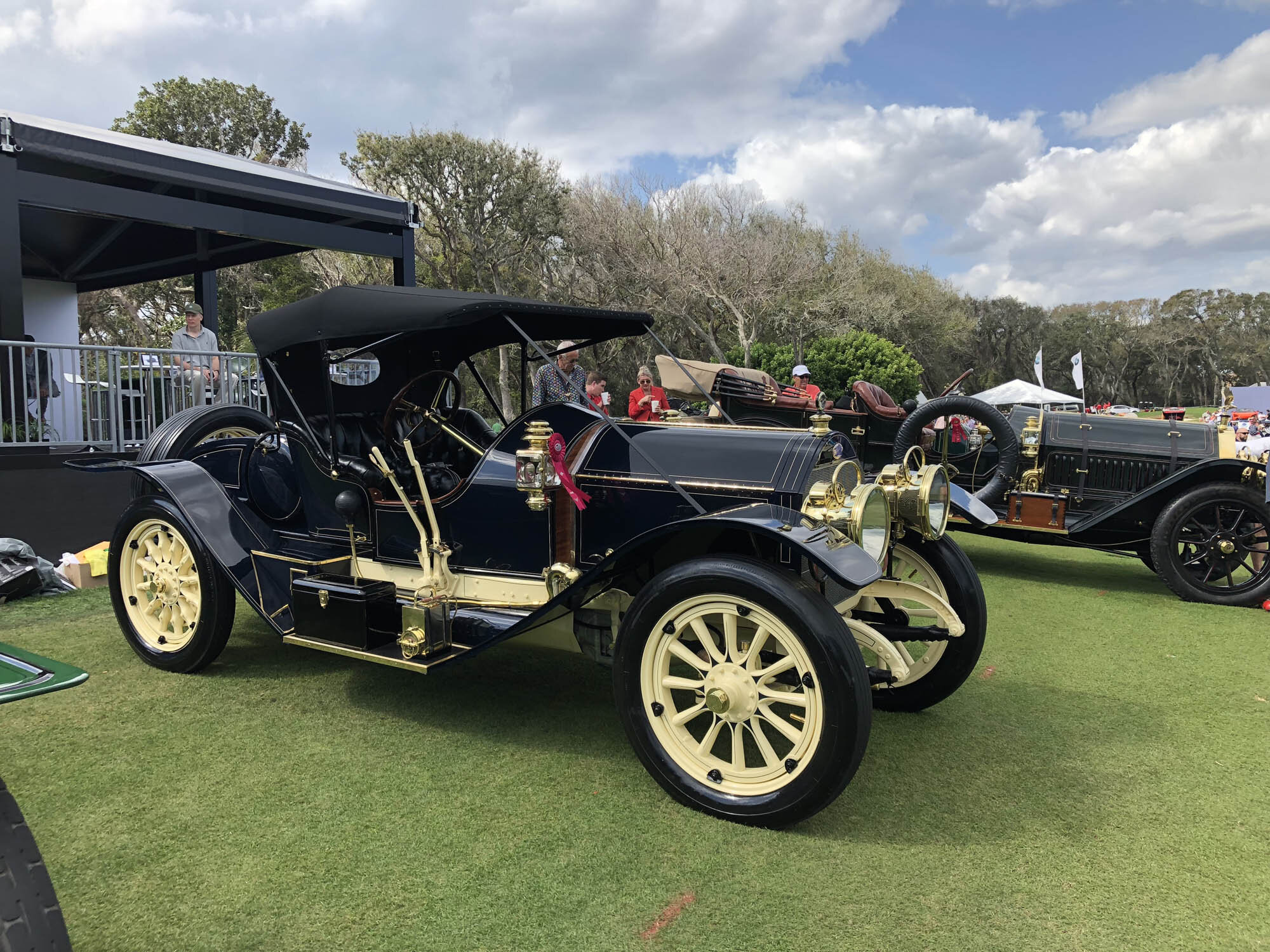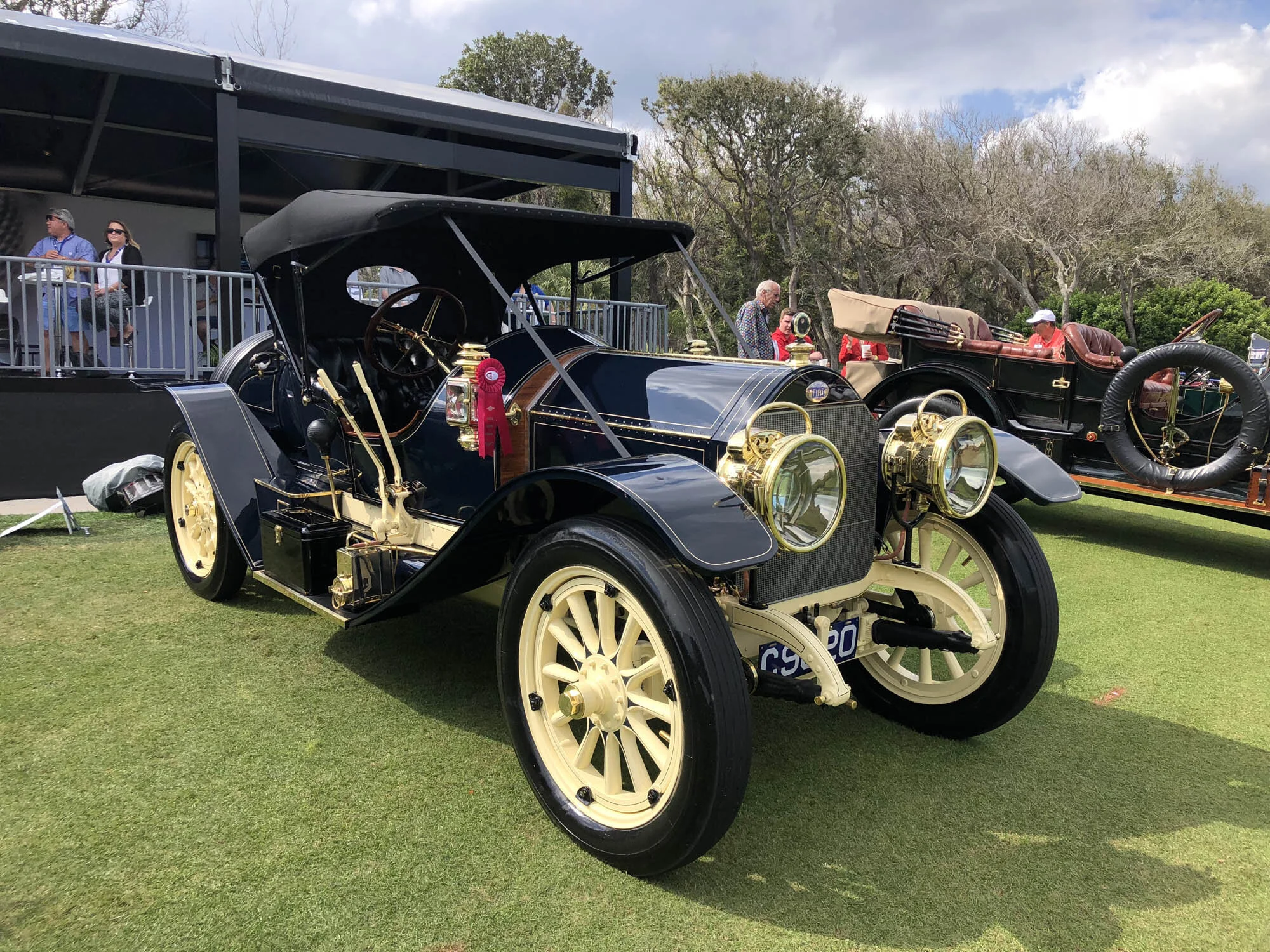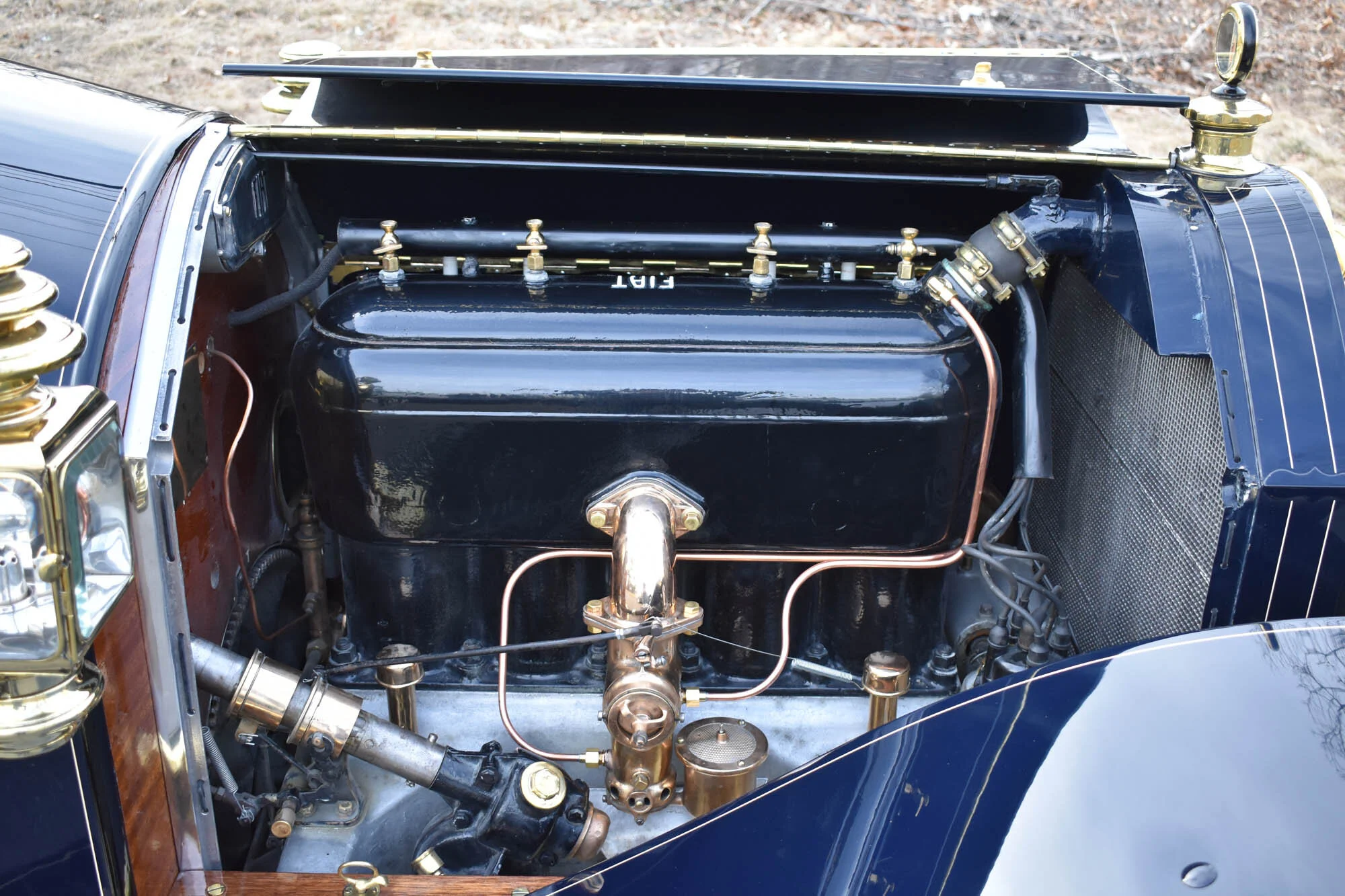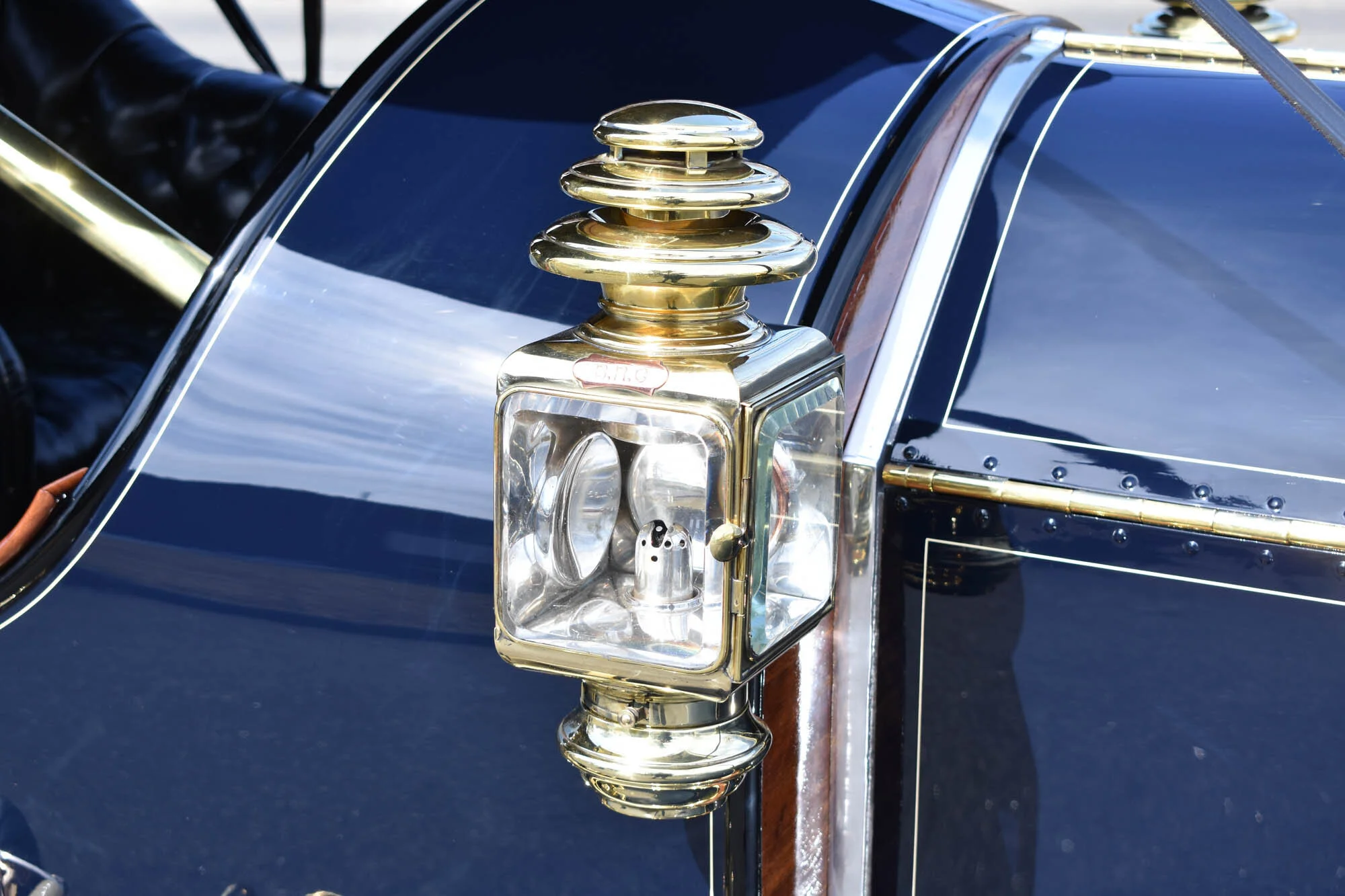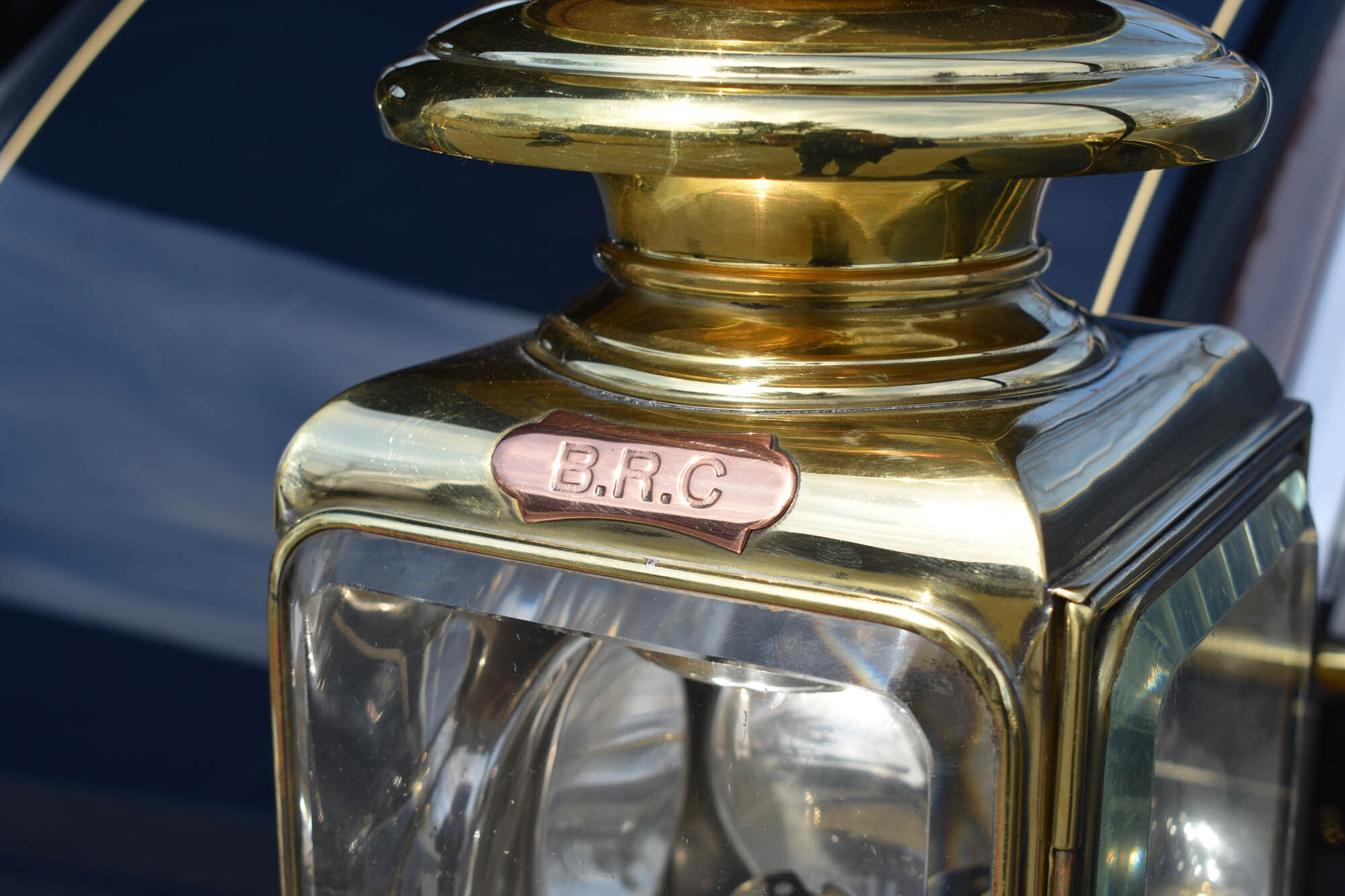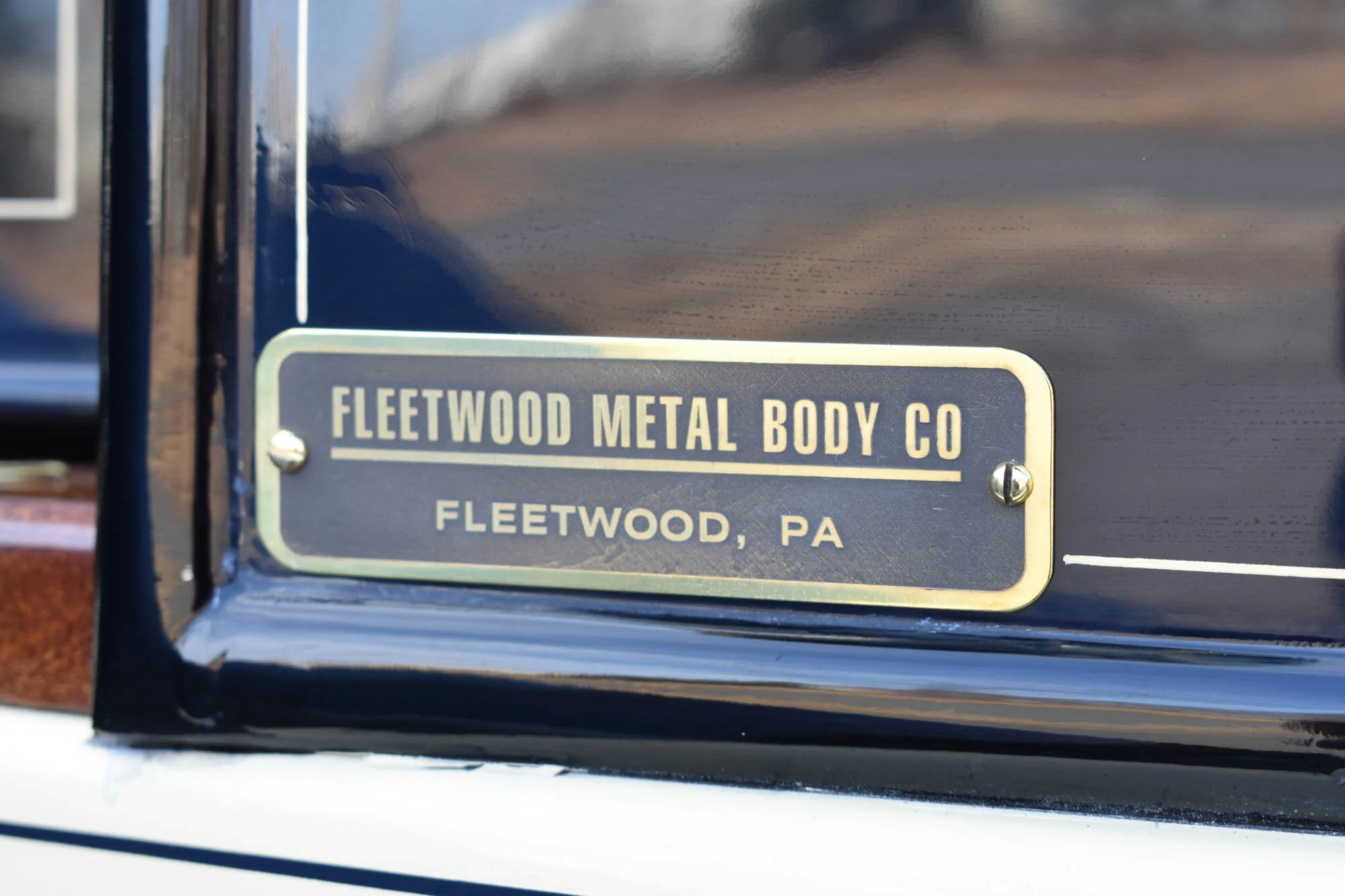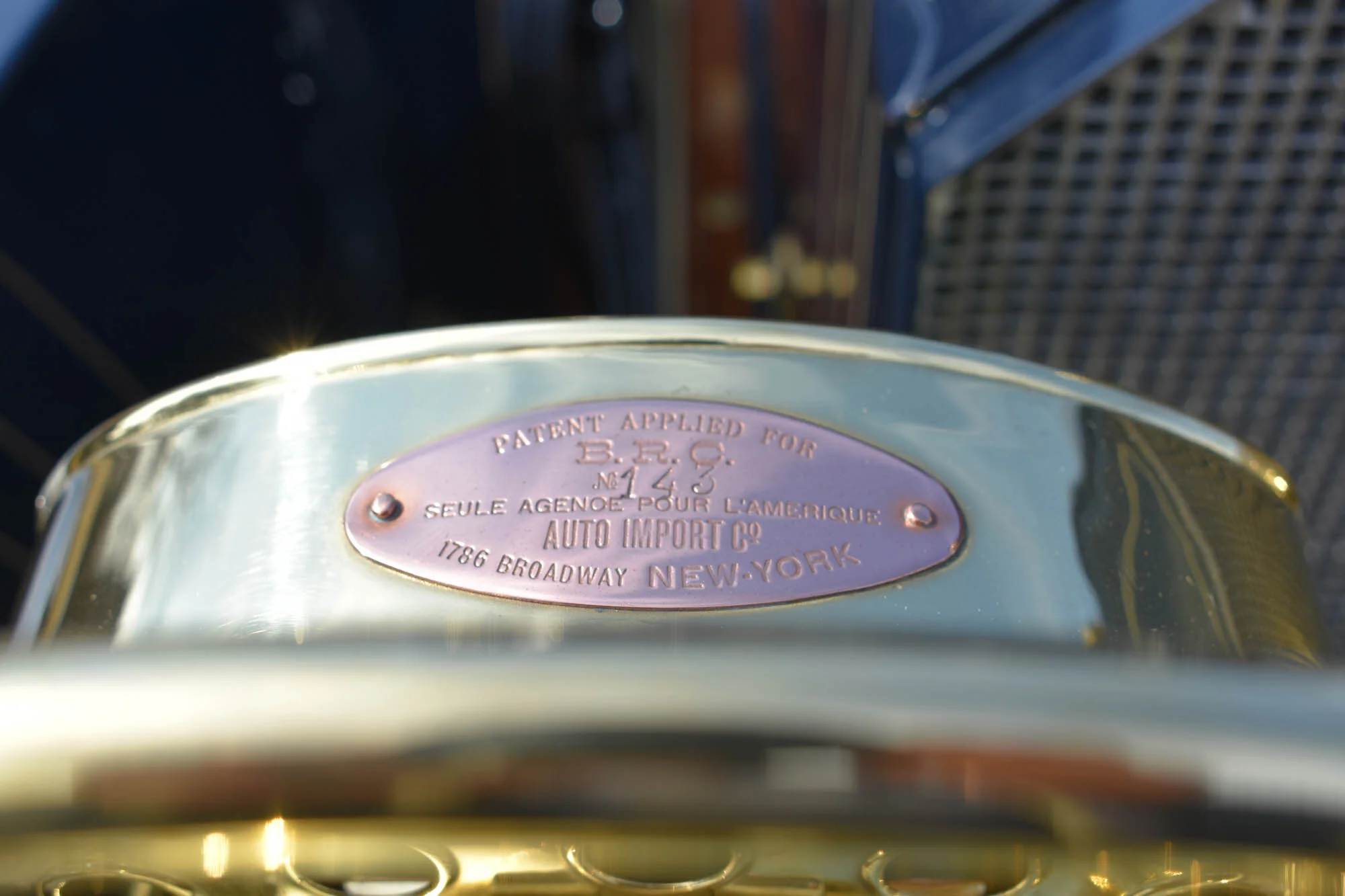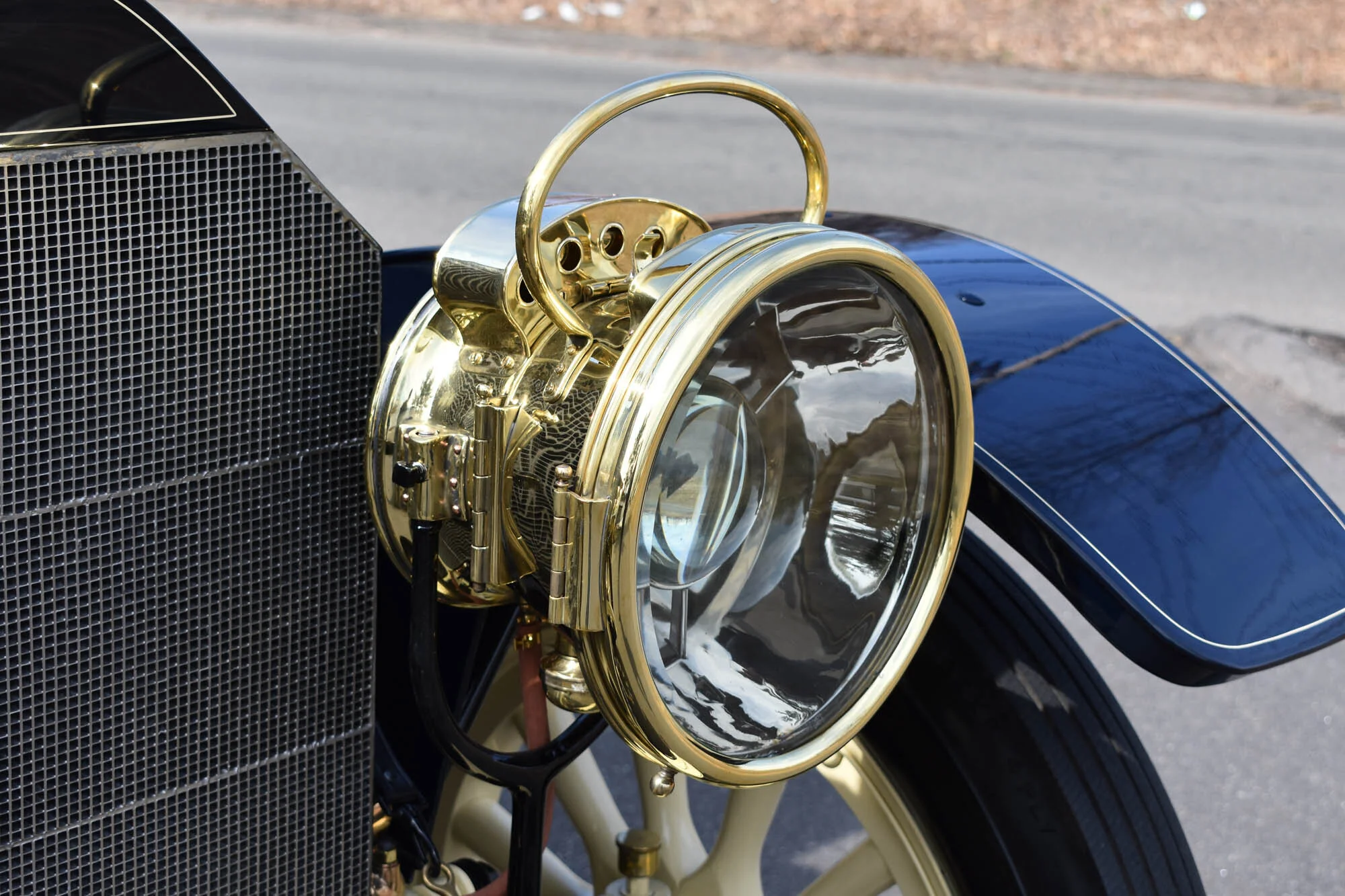The 9 Liter 1912 FIAT Type 55 Fleetwood Roadster
During the early days of the automobile there were many new makes and designs emerging every day because the automobile in the early 20th century was like what the computer was to the late 20th and early 21st century, the newest and most advanced technology. While many of those designs were sufficient enough to work, few rose above average and even fewer were really great. Most of the really great powerful cars were European such as Isotta Fraschini, Mercedes, Renault, Panhard, Benz, and of course, Fiat. Early on Fiat was very successful with its racing program competing in most of the large races around the world including the Targa Florio, French Grand Prix, the Gordon Bennett Cup, Paris to Madrid race, the Vanderbilt Cup and more. The mechanical designs Fiat was producing were of the upmost quality and some of the most technologically advanced. Known for its big horsepower cars such as the S74 and S76 cars, Fiat was a sports and luxury automobile powerhouse. Out of many of the pioneering European auto manufacturers, Fiat had one of the most interesting histories especially when it came to the United States.
HOL-TAN
Besides its successful racing campaigns, Fiat wanted to break into the very prosperous United States passenger automobile market and they did that largely through the New York City based dealer Hollander and Tangeman. Hol-Tan as they became known as, became the United States distributor for Fiat beginning around 1905. Even early on, many of these Fiat cars were shipped to Hol-Tan and then fitted with coachwork by an American coachbuilder such as Holbrook, Quinby or Fleetwood. Although Fiat sales were doing well in the U.S., the import duty on foreign cars was extremely high (around 45%) in the 1907-1909 period so Fiat decided to actually assemble cars in the U.S. no longer needing Hol-Tan to sell their imported cars. This had been done previously by other marques such as Mercedes, for example, had the Piano magnate Steinway assemble and sell its cars under license.
Type 55 with custom coachwork
Fiat was Hol-Tan’s focused marque, but they were an Import dealer so they also imported and sold Lancia and Delaunay Belleville and more. Even though Hol-Tan no longer was Fiats official dealer in the U.S. they still continued to acquire Fiat chassis and fit them with custom coachwork.
POUGHKEEPSIE
Beginning in 1910, Fiat opened their U.S. based assembly plant in Poughkeepsie, New York. They offered a small range of cars initially, but as sales increased and time passed they began to offer a wider range of models. They offered the Type Type 54, Type 53, Type 55 and a Type 56. The Type 55 and the Type 56 were the two largest models offered, the Type 55 being a large 75 horsepower 9 liter 4 cylinder and the Type 56 being a large 9 liter 6 cylinder 75 horsepower car. The parts were produced in Turin, Italy and then shipped to the Poughkeepsie plant in the U.S. to be assembled. The chassis of the American assembled cars were identical to those assembled in Italy, the only mechanical component that differed was the American made Warner speedometer which was standard for American assembled cars. The six cylinder type 56 is documented as only being meant for the U.S. market, but there were some that ended up in Europe initially. I have a gargantuan Type 56 with an almost 6 foot tall pare shaped radiator which will be covered at a later date in another post. The type 55 is identical to the Italian produced cars called the Tipo 5 and the Tipo 6. The Tipo 6 had the identical engine, but was a chain drive variant which was produced into the early teens. The Tipo 5 is identical to the Type 55, a shaft driven 4 cylinder 9 liter car on a 128 inch wheelbase.
Fiat’s time being assembled in the U.S. was successful, but short lived because of WW1 and the inability to get parts from Europe. These cars were some of the most expensive in the world. The type 55 could reach $5,000 – $6,000 and the type 56 six cylinder could reach up to $8,000 in price depending on coachwork. Just by looking at these Fiats in person it is evident why they were so expensive. The quality of all the parts and the way they were designed were far superior to most other cars of this time period.
OUR TYPE 55
The 1912 Type 55 that we have here is an outstanding example, possibly the most exquisite example in existence today. Originally fitted with its beautiful custom roadster body by the Fleetwood Metal Body company of Pennsylvania, it was sold new through the Hol-Tan Company in New York City in 1912. The car was found sitting in a barn in upstate New York in the late 1940’s by Joe Murchio of Greenwood Lake, New York. Gene Hecht who was a well known and long time collector from New Jersey purchased the car from Joe in the late 1950’s and had the car restored by the well known restorer Ralph Buckley in the early 1960’s and it stayed in his collection until our recent acquisition of the car.
Since we have acquired it, it has been treated to a full restoration, both cosmetically and mechanically. The 9 liter 4 cylinder paired with the 4 speed transmission is really outstanding. The engine has been fitted with a billet crankshaft, balanced connecting rods and aluminum pistons. It makes a 50 horsepower chain drive Simplex or a Mercer raceabout seem sluggish. This Fiat has so much torque that it can most likely climb a tree. The bore and stroke is 5 3/8 X 6 3/4 making a lot of power. The coachwork, provenance and overall look is off the charts beautiful. Not many cars of this size, quality and beauty exist today with great provenance such as this. Fiat was certainly making some of the most exquisite cars in the world at this time. Now available for acquisition for the first time in over 60 years.
